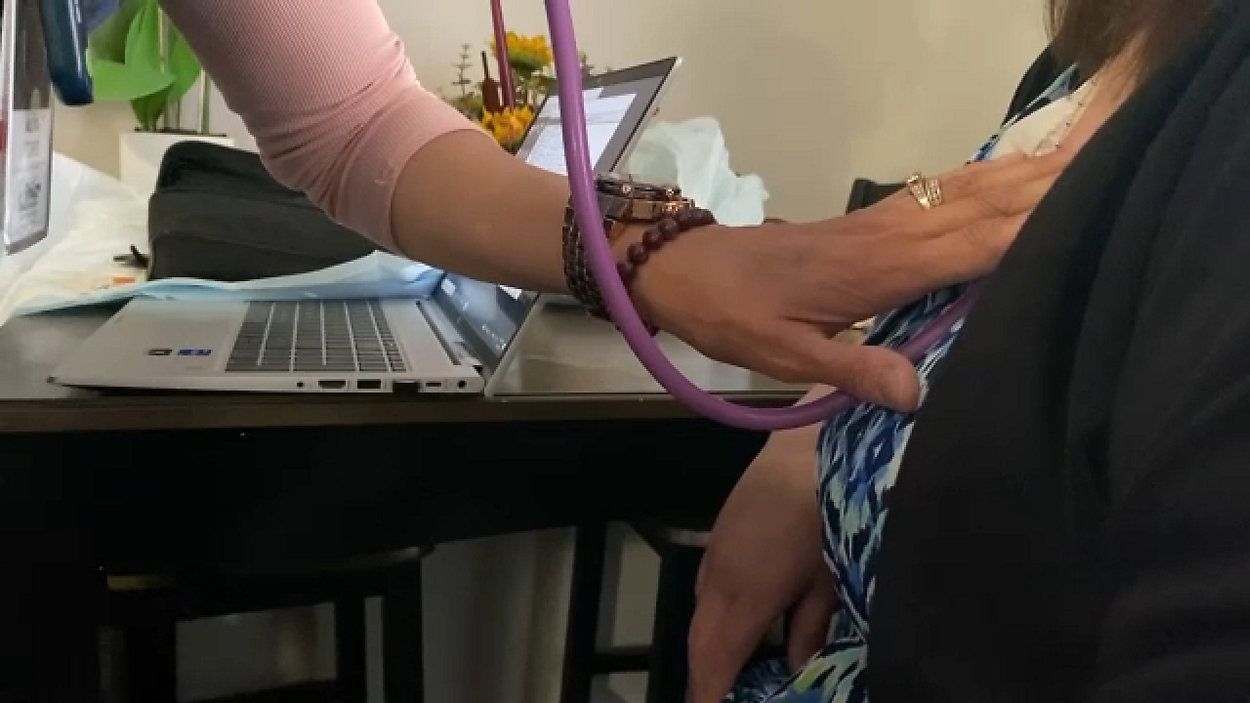At least 16,000 older New Yorkers who need home care, meals or other services continue to languish on waitlists and not receive the support they need, according to a state comptroller’s report released Wednesday, though state funding for those programs has nearly doubled in recent years.
State funding increased 88%, or $114 million, for state Office For the Aging programs that support seniors since 2018-19, while federal support increased by 50%. More than 1 million New Yorkers received home care services, meals or nutritional counseling, Medicare or prescription drug assistance and more through the department, according to state Comptroller Tom DiNapoli.
But each year, at least 16,000 older New Yorkers aren’t getting the vital supports they need with aid left unspent.
“New York has an obligation to support seniors who need and qualify for in-home, meal or other support services,” DiNapoli said in a statement. “These critical services provide necessary care and help people remain in their homes and communities, while preventing more expensive institutional care.”
The comptroller is pushing the state Office For the Aging to improve its data reporting and transparency to ensure resources reach elderly people who are most in need — especially with billions of dollars in anticipated cuts to federal aid and a growing older population.
Time is running short, according to the report, as the number of people older than 60 is climbing in the state — estimated to reach 5.5 million by 2030. Nearly 70% of adults older than 65 are expected to need a form of long-term care during their lifetime.
“The Legislature has stepped up with more funding for the Office for the Aging, but with thousands still on waitlists and some funding going unspent, we need greater transparency and stronger tracking to make sure the state’s investment is truly reaching those who need it,” the comptroller said.
DiNapoli said the department fails to consistently report critical data, including waitlist numbers by county and program, the funding each locality receives or spends on in-home services or the number of eligible older adults who have not received care.
Demand is expected to increase with the recent cuts in federal aid and Medicaid funding, which supports programs for older New Yorkers.
“What is clear is that even with increased funding, the needs of many older adults in the state are not being met,” according to the report. “Increased reporting can help determine the reasons for this, including the possibility that one cause may be a shortage of direct care workers … Without this information, policymakers and the public are unable to see how many people are still waiting for services, where these individuals are located and what resources would be required to fully support NYSOFA programs.”
Long-term care expenses are the largest driver of costs in the state budget, and make up about half of its Medicaid budget.
The number of people on a waitlist represents an undercount of the total need. Seniors often qualify for services but face barriers to access them.
DiNapoli released an audit in 2023 that found the state Office For the Aging did not consistently monitor local agencies or issue guidance on tracking and reporting waitlists.
